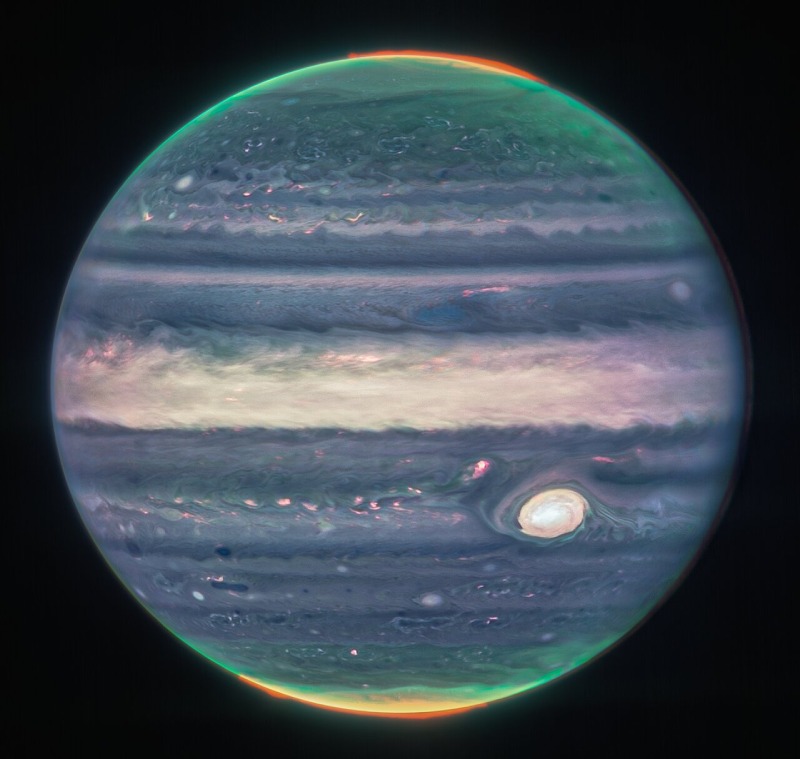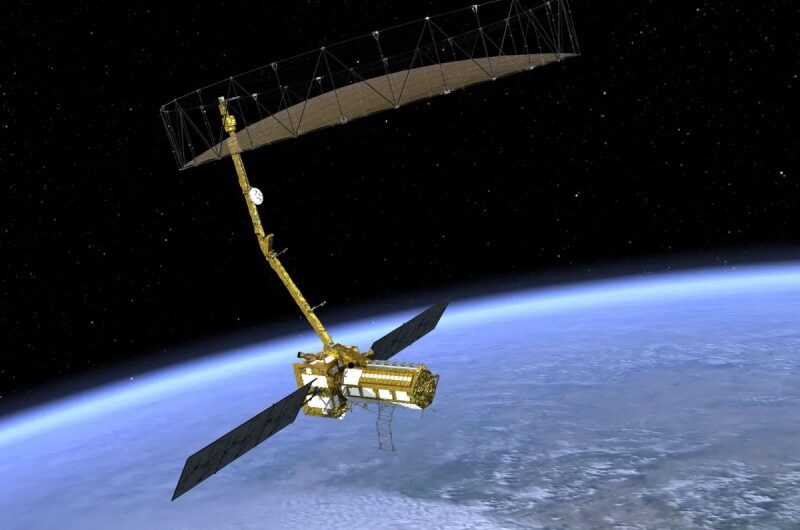Rethink your belief that our planet is the only place where auroras may be seen in all their beauty. In our solar system, the gas giants Uranus and Saturn also exhibit their own Northern Lights. The James Webb Space Telescope will be used by researchers at the University of Reading to investigate the cause of these enigmatic aurorae, the university stated on Wednesday.
A group headed by the University of Leicester has been granted Webb Telescope observation time for two projects centered around Saturn and Uranus’ aurorae. Out of 1,931 submissions, their suggestions were chosen as the successful ones for the Webb Cycle 3 General Observer Program.
Similar to Earth, these planets experience aurorae due to charged particles with tremendous energy that are directed towards them and clash with the atmosphere of the planet via magnetic field lines.
“This is a truly special opportunity to use the most sophisticated and potent telescope ever sent into space. We will be examining Saturn’s own expression of the northern lights, which appear to be driven on by winds that flow in an angled manner. Although the source of these winds is unknown, we believe that hot patches in the upper atmosphere may be to blame. James O’Donoghue, a planetary scientist at the University of Reading, stated in a press release, “We will use the James Webb Space Telescope to map the temperatures across Saturn’s northern lights and figure out how weather is creating this spectacular light show.”
In 2025, the project of the researchers will take pictures for one day on Uranus or during one complete revolution of the planet. This will enable the scientists to map auroral emissions globally. This will provide an answer to the question of whether emissions originate inside, as on Jupiter, or are a result of interaction with the solar wind, similar to what occurs on Earth.
Topics #Aurora #Earth #galaxy #news #PLANET #Saturn #Solar #solar system #telescope #Universe #Uranus #Webb Telescope










